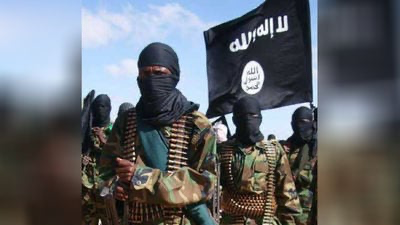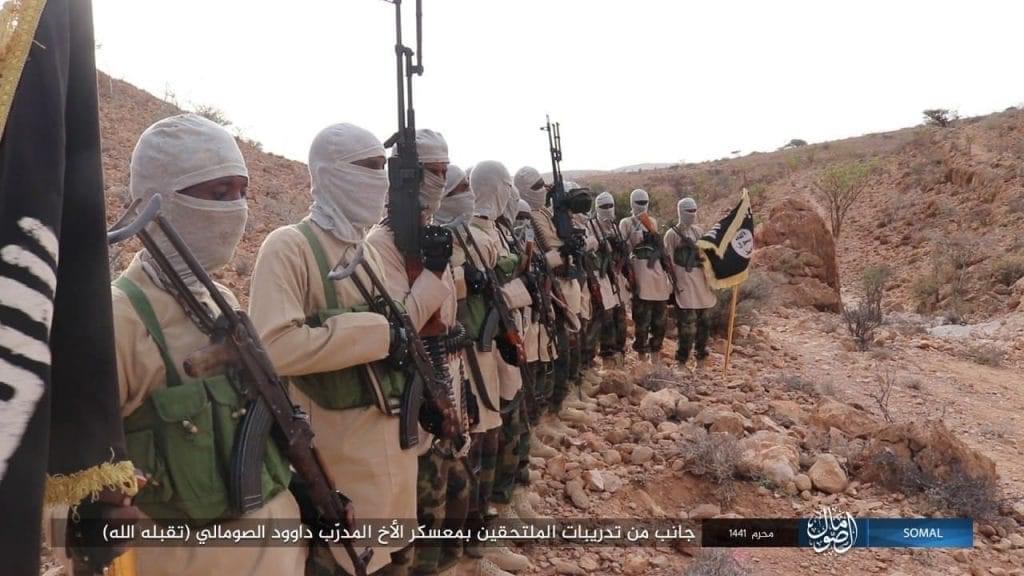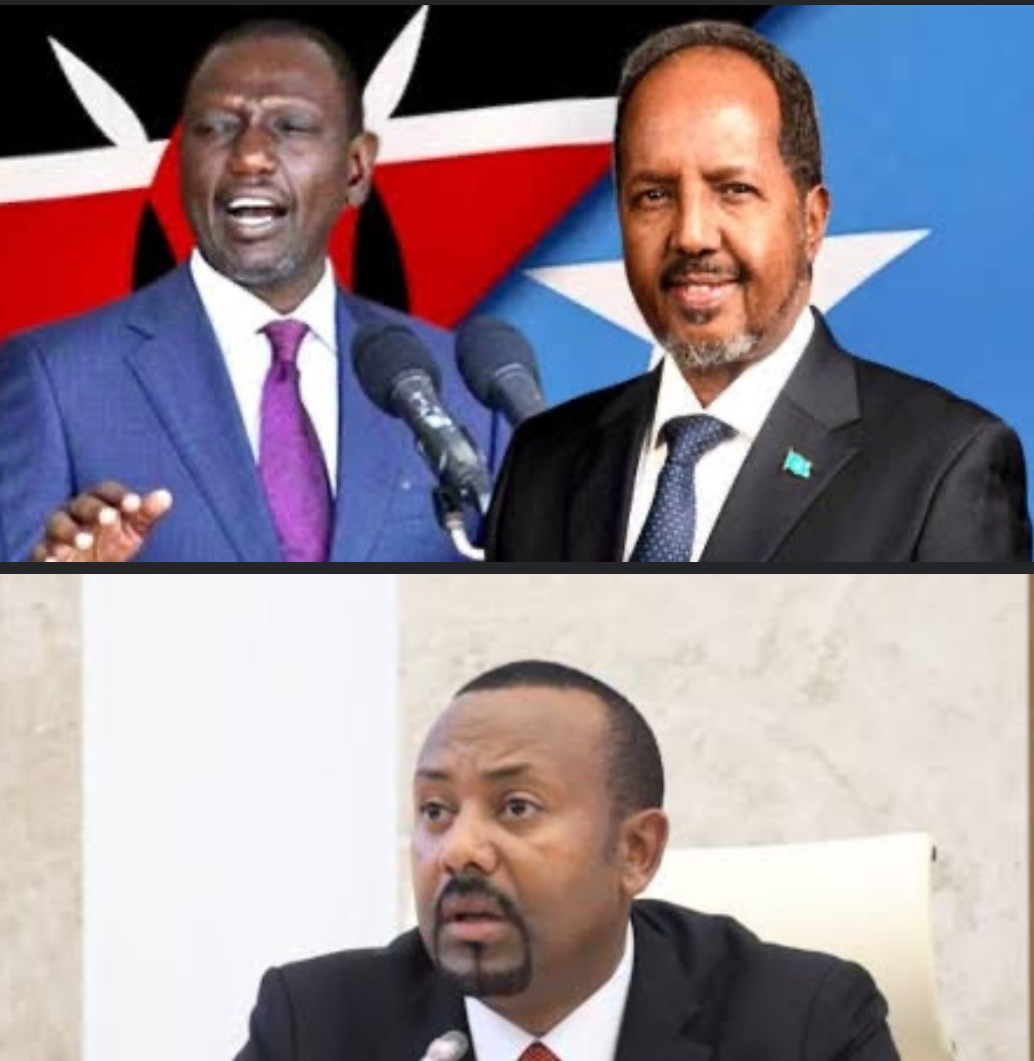Share the post "Shabab Militia is 18 years old: six factors behind the Somali militant group’s Resilience.."
The United Nations security council unanimously voted on 15 August 2024 to extend the mandate of the 12,626 men and women of the African Union Transition Mission in Somalia (Atmis). The African mission has been stationed in Somalia for the past 17 years to support the government’s battle against the homegrown terrorist group al-Shabaab. Despite recent government successes, fighting continues in Somalia…
Why has al-Shabaab proved such a hard nut to crack?
It’s 18 years since the militant group Harakat al-Shabaab, as al-Shabaab refers to itself, rose out of the disintegrating Somali state. It emerged in 2006 from an existing radical network that lorded it over the capital Mogadishu through sharia courts. Since then it has suffered both battlefield defeats and territorial losses. Yet it remains as strong as ever.
In 2012 it joined the al-Qaeda global terrorist network. Al-Shabaab’s strength is estimated at between 7,000 and 12,000 soldiers, making it numerically the strongest organisation under the al-Qaeda umbrella, Al-Shabaab has grown rich and retained influence, thanks to six main factors.
Faulty Western Doctrine
The West and its African partners have focused on the “hearts and minds” approach to counterinsurgency in Somalia. Building democratic institutions and democracy is part of this strategy. But these are institutions that don’t always function in a war zone, and fail to have the intended effects.
This strategy, along with the focus on military strength, has tended to neglect the security of the local population. Civilians are left to the mercy of bandits and insurgents. Locals are exposed to pressure to supply insurgents, pay taxes to them, and to join them. In many cases, they rely on insurgents for protection in local conflicts.
Illegal taxation
Al-Shabaab is a revenue collecting machine involved in illegal taxation, smuggling and money laundering. It can do this because its opponents don’t do enough to protect conquered areas or areas controlled by the government. Al-Shabaab is able to govern and control even areas that are militarily controlled by the state and the African Union mission.
The government has mounted a campaign against al-Shabaab taxation in Mogadishu since 2022. It has managed to curtail the group’s electronic money transfer channelsby monitoring the business community more closely, The government’s western allies have also helped to crack down on money laundering networks outside Somalia, in Dubai, Kenya, Uganda, Cyprus and Finland.
But even these efforts have failed to take the security problems of the Somali business community into account, In this context, the Somali business community will willingly pay taxes to Al-Shabaab. Author Aisha Ahmad has made the point that this money was crucial in explaining how al-Shabaab re-emerged after substantial losses in 2006-2007 and 2011-2016.
Protection
The group’s reputation as a protector has been built from the start. While al-Shabaab’s interpretation of sharia was harsh, it offered predictability and, in some cases, even protection. Al-Shabaab’s court system produced results.
The group’s ability to implement its policies, and to punish civilians resisting them, added to its influence.
Communal rivalries
Clans are an important factor in every aspect of life in Somalia. Clans define the relationship between people and all actors in the country, including Al-Shabaab, Clan has become more important for al-Shabaab’s internal and external politics. It has put increased emphasis on wooing traditional leaders and organising them in a national clan shura (consultative council). In some cases, the group has attempted to counterbalance government influence among some clans, and hinder government mobilisation of clan militias. In strategic regions, for example, along al-Shabaab supply routes, clan elders can have a great deal of influence.
Clans have been mobilised recently by government to fight al-Shabaab. But support forces from clans can fracture because of clan conflicts, undermining the war on al-Shabaab. Clan conflicts will in some cases also drive clans, and individuals, to ally with the Shabaab for protection, Rural security, including mediation between clans, has not been a part of the approach to fight al-Shabaab.
Army weaknesses
The Somali army has improved vastly over the last decade and a half. It drives the current offensive and does most of the fighting. An institution that barely existed 15 years ago has today around 19,000 troops. Of these 8,000 are mobile troops trained by American and Turkish officers. Desertion rates are much lower than they used to be. Training has improved and soldiers get paid, which wasn’t always the case.
The existence of safe areas
The core regions that al-Shabaab controls in lower and middle Juba in the southern part of Somalia, as well as in the South West state, have yet barely been touched by the current offensive. Al-Shabaab has held territories in these areas for more than a decade and a half. Its administration structures are well established at a local level.
These area create a hinterland that al-Shabaab can use to rest forces, train new troops, and plan and coordinate operations and propaganda efforts. It is impossible to vanquish the group without taking these territories.
What next?
The previous patterns of offensives against al-Shabaab in Somalia highlight weaknesses in both the western and local counterinsurgency strategies. The result is a relative stalemate. The lessons of the past still hold value for the future – but are often neglected.




